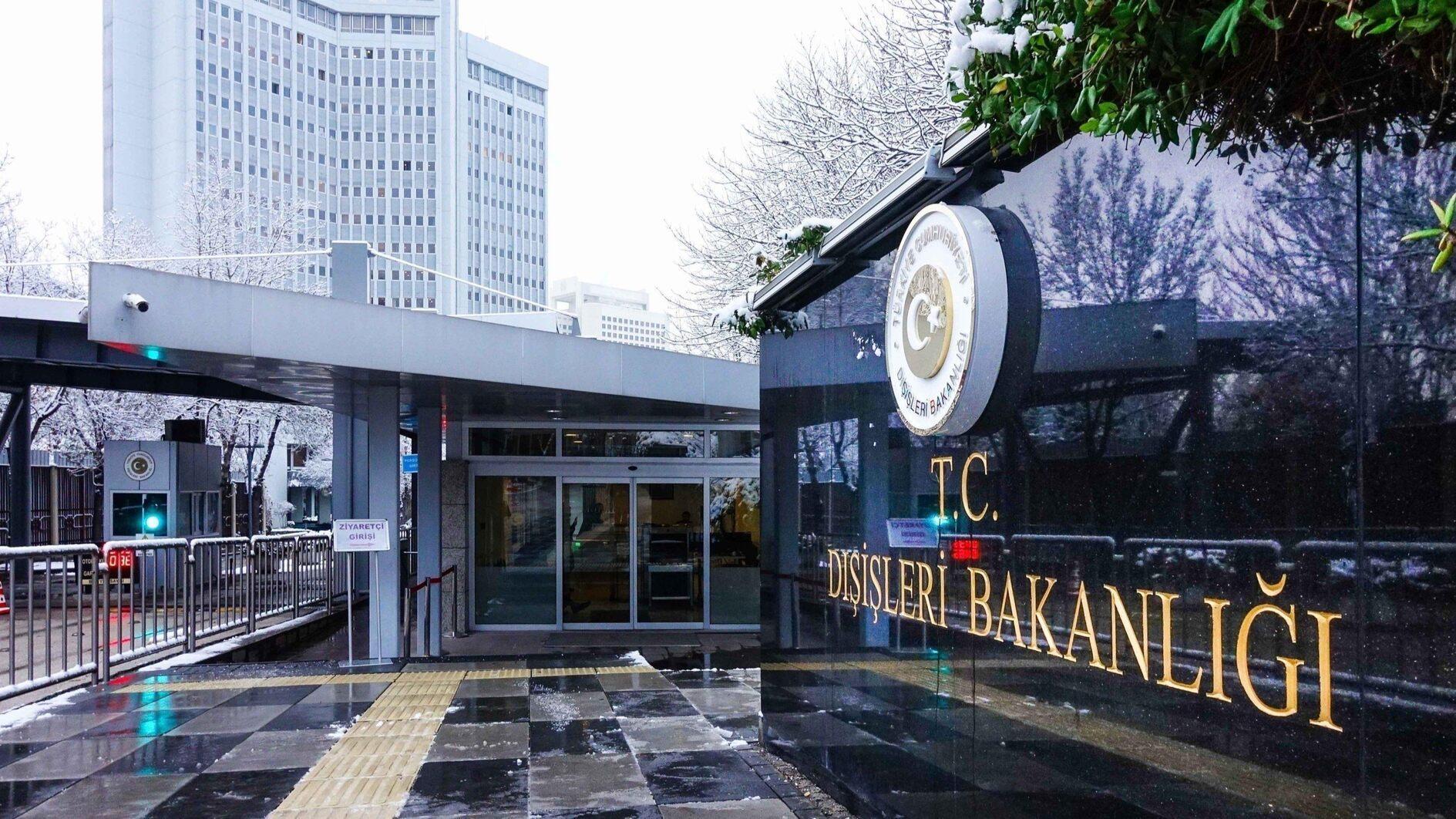Archaeologists unearth palace, agora and city wall in Troy
ÇANAKKALE

Excavations are ongoing to uncover structures in the 5,500-year-old ancient city of Troy, which lies within the borders of Tevfikiye village in the northwestern province of Çanakkale.
Official excavations in Troy, a UNESCO World Cultural Heritage site, began in 1871. Numerous archaeological discoveries have come to light during the works that continue throughout the year.
The excavation team has been recently working in the agora area and the section between the palace structure and the city wall, dating back to the period associated with Homer's Troy, known as the Late Bronze Age.
Speaking to the state-run Anadolu Agency, Reyhan Körpe, academic professor from the Çanakkale 18 Mart University's (ÇOMÜ) History Department and the Troy excavations vice president, said that Troy, which was called "Ilion" in ancient times, was a major touristic center during the Roman era.
Noting that the fate of Troy, a small town at the beginning of the Hellenistic Age, changed with the visit of Alexander the Great, Körpe said: “Alexander the Great visited Troy in 334 at the beginning of his Asian campaign. He was someone who knew about the Trojan wars, had read the ‘Iliad’ and knew Homer. It is said that he always carried a copy of the ‘Iliad’ with him. When he came here, he saw the miserable state of Troy and was deeply affected by it. He promised to revive this place when he returned from the expedition, but he could not return from the expedition. Later his generals came and changed this city. They built new temples and structures and renewed the city walls."
"Another name that changed the fate of Troy was the Roman Caesar. Caesar visited here after a war and promised big investments because he related his ancestors to Aeneas [the national hero of Troy] who came from Troy. However, he was unable to fulfill this promise because he was killed," Körpe added.
Birthplace of Aeneas
Körpe explained that Augustus, Caesar's nephew and founder of the Roman Empire, gave Troy the value it deserved.
Emphasizing that Troy became one of the most important and magnificent cities in Asia during the time of Emperor Augustus, Körpe said, "During his time and afterward, large temples, large structures and an Odeon were built. During previous excavations, we found both the statue of Augustus and the statues of Hadrian, who visited this place after him, in the Odeon."
Körpe stated that during and after Augustus, Troy became one of the most important tourist centers in the Mediterranean and the Roman worlds.
Noting that Roman tourists visited the region because it was where their ancestor, Aeneas, came from, Körpe said, “Trojan guides, like today's guides, showed them around Troy. They showed the places where Aeneas was born, where Aphrodite came from, where the war took place etc.”
Körpe remarked that Troy was an important place in the Roman world until the spread of Christianity and the major earthquakes in the region, and said: “This place gradually lost its importance and was almost forgotten until the 19th century. Especially during the Roman era, it emerged as a prominent destination in the Mediterranean world, alongside Egypt, Athens, and Antioch. So we know that the Romans, especially the intellectual Romans, visited Troy."
"Actually, this was not a place with large lands and trade like other cities in the region. During the Roman period, its primary source of income was tourism, specifically from Roman tourists and donors. Just as it is today, it was one of the most significant tourist centers of the ancient world," Körpe added.
















